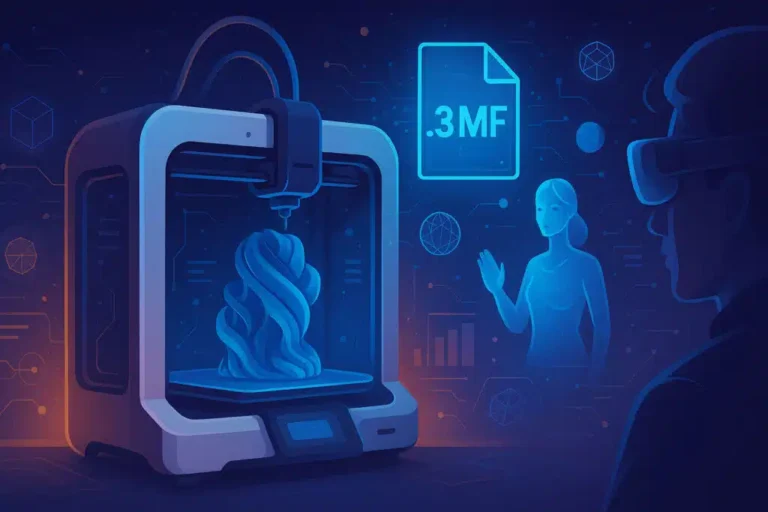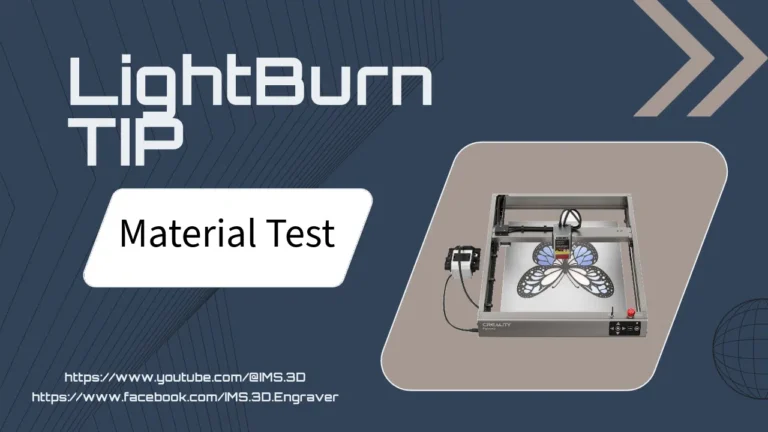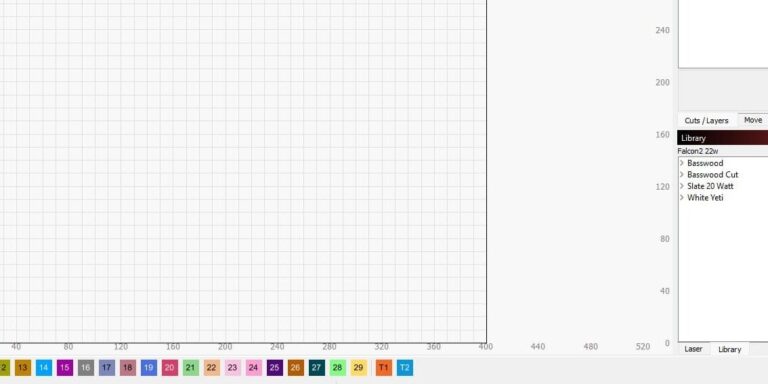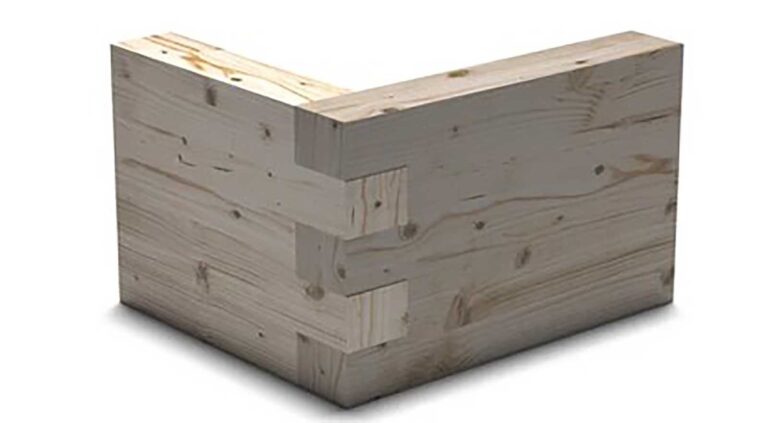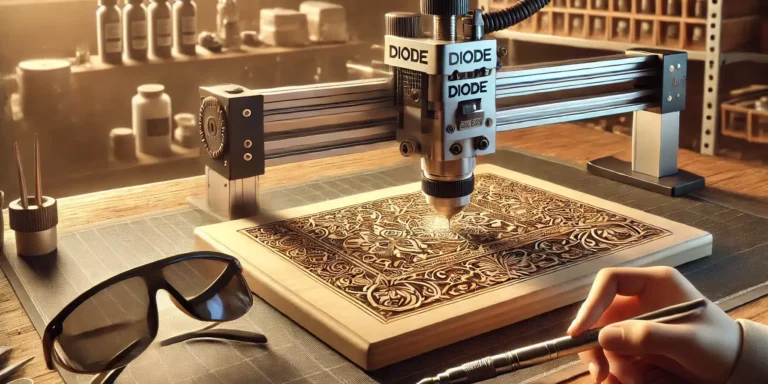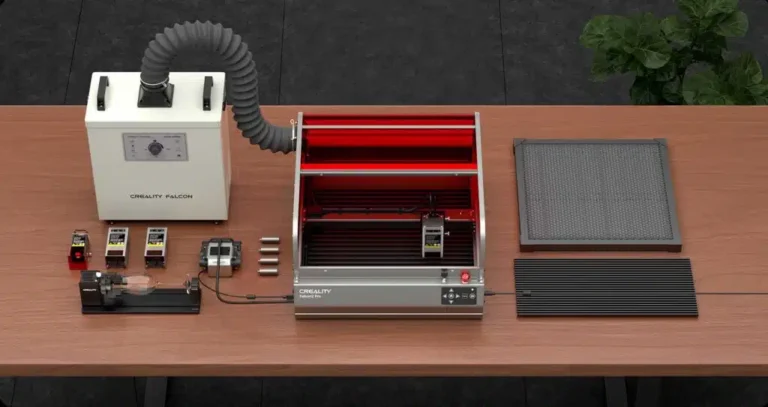Introduction:
Klipper is rapidly becoming one of the most popular 3D printer firmware options on the market, known for dramatically improving both print speed and quality without the need for costly hardware upgrades. By taking full advantage of multi-threading, G-code efficiency, and the ability to offload processing tasks to external computers, Klipper is ideal for both professional and hobbyist 3D printing enthusiasts. In this guide, we will cover everything you need to know about Klipper firmware, including how it works, how to install it, and how it compares to other popular firmware options.
What is Klipper Firmware?
Overview of Klipper’s Purpose
- Klipper firmware is designed to offload the heavy computation required by 3D printing from the 3D printer’s microcontroller to an external, more powerful computer like a Raspberry Pi. This allows for faster, more accurate processing of G-code commands, resulting in better print quality and more control over complex tasks such as stepper motor timing.
- The goal of Klipper is to achieve higher print speed, greater control, and more precise results without expensive hardware investments. It’s a firmware solution that empowers users to maximize the potential of their existing 3D printers.
- For more details, visit the official Klipper documentation.
Differences from Traditional Firmware
- Traditional 3D printer firmware like Marlin runs entirely on the printer’s controller board, which can limit the firmware’s ability to process complex G-code commands quickly. In contrast, Klipper uses a multi-threading system, where most calculations happen on an external computer, allowing for more efficient and faster processing.
- Klipper introduces the concept of multi-threading and advanced processing without overwhelming the printer’s built-in hardware, which is often underpowered for such tasks. This improves both performance and flexibility, making Klipper firmware an attractive alternative for users who want more from their 3D printers.
- For a comprehensive comparison, check out this Klipper vs. Marlin guide.
Key Features of Klipper Firmware
Advanced Control Systems
- Klipper excels in giving users precise control over essential 3D printer functions such as temperature regulation, stepper motor movement, and acceleration profiles. These fine-tuning options provide smoother movement and more accurate prints, even when running at higher speeds.
- Users can modify nearly every aspect of their printer’s operation through configurable macros, allowing them to customize their printing experience and tailor it to specific materials and print requirements. Learn more about Klipper macros on the Klipper community forums.
Multi-threading and G-code Efficiency
- Unlike other firmware, Klipper splits processing tasks between the printer’s controller and a more powerful external processor. This separation reduces the strain on the printer’s controller and speeds up G-code parsing. For example, tasks like motion control are handled more efficiently, allowing for higher print speeds without loss of precision.
- Klipper optimizes G-code commands in real-time, enabling the printer to maintain precise movements even when processing complex designs or when running at higher speeds.
- For a detailed overview of how G-code optimization works, visit the Klipper GitHub page.
Wide Hardware Compatibility
- Klipper supports a vast range of 3D printers and control boards, making it accessible to a broad community of users. Whether you are using an older Ender 3 or a high-end Prusa i3, Klipper can be configured to work with almost any printer that uses standard communication protocols.
- This makes Klipper an ideal firmware for users with multiple printers or those looking to upgrade their setup without being restricted by firmware limitations.
- A full list of supported devices is available in the official Klipper documentation.
Benefits of Klipper Firmware
Print Quality Improvements
- By leveraging precise stepper motor control and advanced motion algorithms, Klipper helps to minimize issues like layer shifting, ringing, and vibration during prints. This results in more detailed, smoother prints with fewer errors, even on complex or high-speed projects.
- Users can fine-tune settings such as extrusion rates and motion planning, allowing them to optimize print quality based on material type, print size, and environmental factors.
- You can read more about improving print quality with Klipper in this detailed guide on print tuning.
Increased Print Speed
- One of Klipper’s biggest advantages is its ability to significantly boost print speed without sacrificing quality. By using external computing power, Klipper can process G-code faster and more accurately, enabling users to print at higher speeds while still maintaining smooth, detailed results.
- This increased speed is particularly beneficial for users who print large objects or batch print items regularly, as it reduces overall print time while still ensuring high-quality results.
Ease of Use
- Although it offers a wide range of advanced features, Klipper is designed to be user-friendly, even for those who aren’t technically inclined. It includes customizable macros, which allow users to automate repetitive tasks like bed leveling and filament changes, making the overall printing process more efficient.
- Users have access to a highly flexible and modular configuration system, which allows them to adjust settings easily without the need for extensive coding knowledge.
- Here is a beginner’s guide to Klipper macros.
How to Install and Set Up Klipper Firmware
Step-by-Step Installation Guide
- The installation process for Klipper involves flashing the firmware onto your 3D printer’s controller and connecting it to an external computer such as a Raspberry Pi. From there, users can configure settings based on their printer model and printing preferences.
- A detailed guide covers everything from downloading the firmware to setting up the required software (e.g., OctoPrint) and configuring the printer for optimal performance.
- You can find a detailed step-by-step installation guide on the Klipper website.
Common Pitfalls and Troubleshooting
- While the installation process is straightforward, there are some common pitfalls users should avoid. These include incorrect wiring, incompatible control boards, and configuration errors. This section will offer troubleshooting tips to help users overcome these issues.
Configuration and Macros in Klipper
Printer Configuration
- Klipper uses a highly flexible configuration file that can be customized for almost any 3D printer. This file defines how the printer’s components, such as motors and sensors, should operate. Users can modify this file to suit their specific needs, ensuring that their printer runs smoothly and efficiently.
- check out the Klipper Configuration Reference.
Using Macros for Automation
- One of Klipper’s most powerful features is its macro system, which allows users to automate complex tasks or sequences with a single command. Whether it’s automated bed leveling, filament changes, or customized start and end scripts, macros can save users time and reduce the risk of manual errors.
- You can learn more about creating macros here.
Klipper Community Overview
- The Klipper community is active and welcoming, with a wealth of resources available to new and experienced users alike. Users can find guides, troubleshooting help, and advice from other Klipper enthusiasts through forums, social media groups, and GitHub repositories. Users can find guides, troubleshooting help, and advice from other Klipper enthusiasts on platforms like the Klipper subreddit and the official Discord server.
- In addition to user-generated content, the Klipper team regularly updates its documentation, ensuring users have access to the latest features and best practices.
Learning Resources
- There are numerous learning resources available for Klipper, ranging from detailed written guides to video tutorials. Links to these resources will help users quickly get up to speed with both basic and advanced Klipper configurations.
Alternatives to Klipper Firmware
Marlin vs. Klipper
- Marlin remains one of the most popular 3D printer firmware options, but it lacks the multi-threading capabilities that make Klipper stand out. Marlin relies heavily on the printer’s microcontroller, which can limit print speed and complexity. A detailed comparison between Marlin and Klipper will help users understand the advantages of switching to Klipper.
Duet vs. Klipper
- The Duet 3D firmware is known for its advanced capabilities and ease of use. While it offers excellent performance, it requires proprietary hardware, which may not appeal to all users. This section will compare Duet with Klipper in terms of performance, ease of configuration, and cost.
Other Alternatives: Smoothieware, Repetier, and RepRap
- Each of these firmware options has its strengths and weaknesses. Smoothieware, for instance, offers ease of use, but lacks the advanced control features of Klipper. Similarly, Repetier and RepRap are customizable but may not match Klipper’s overall performance. A comparison of features, compatibility, and use cases will help users decide which firmware is best for their specific needs.
Frequently Asked Questions (FAQ)
What are the hardware requirements for Klipper?
- Klipper is compatible with a wide variety of 3D printers and controllers but requires an external processor such as a Raspberry Pi.
Can Klipper improve print quality on my old printer?
- Yes, Klipper’s advanced stepper motor control and customizable configurations can improve print quality even on older or budget-friendly 3D printers.
Is Klipper difficult to configure?
- While Klipper offers advanced features, its modular and user-friendly configuration system makes it accessible, even for those with limited technical experience.
How does Klipper compare with Marlin for speed?
- Klipper is typically faster than Marlin due to its multi-threading approach and external computation, which allows for higher print speeds without sacrificing quality.
Is Klipper free to use?
- Yes, Klipper is an open-source firmware solution that is free for anyone to download and use.
Conclusion
Klipper firmware represents a significant upgrade for anyone looking to maximize their 3D printer’s potential. With its ability to increase print speed, improve print quality, and simplify printer management, Klipper is ideal for both hobbyists and professionals. By following this guide, users can confidently install and set up Klipper, ensuring they get the most out of their 3D printing experience.
